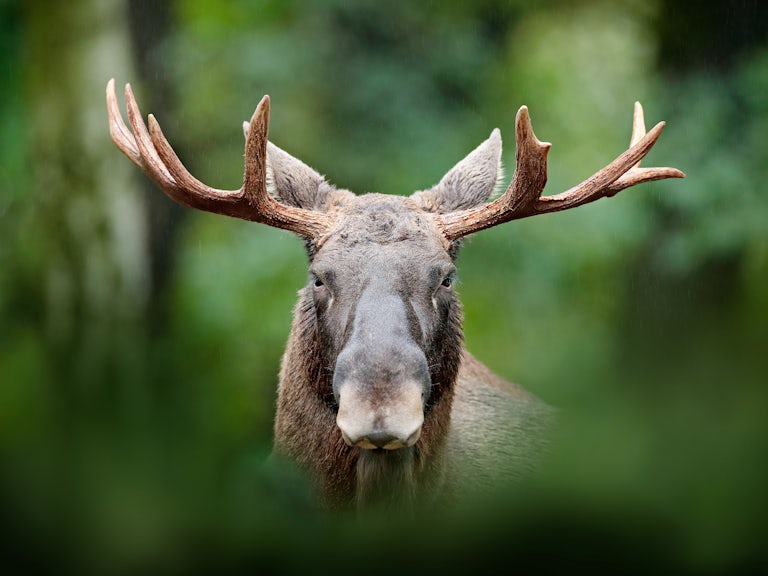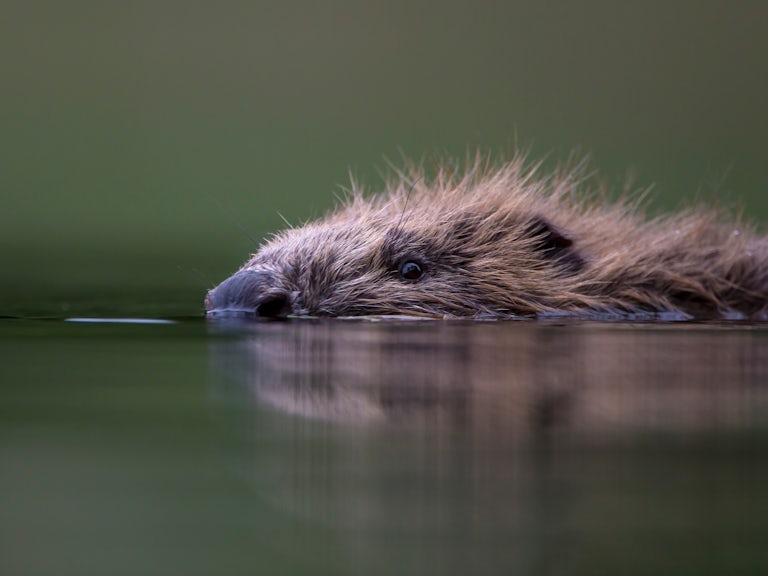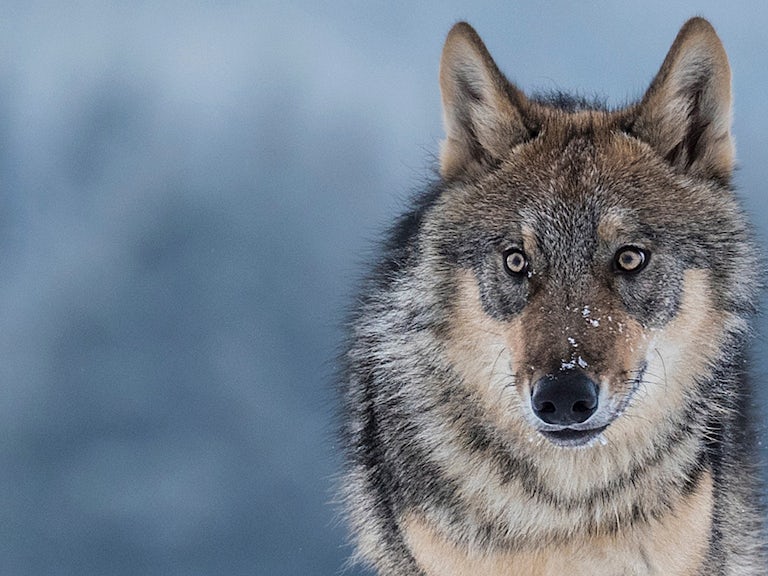Eurasian lynx
Lynx lynx
A shy and elusive wild cat that plays a key role in the ecosystem as a top predator.
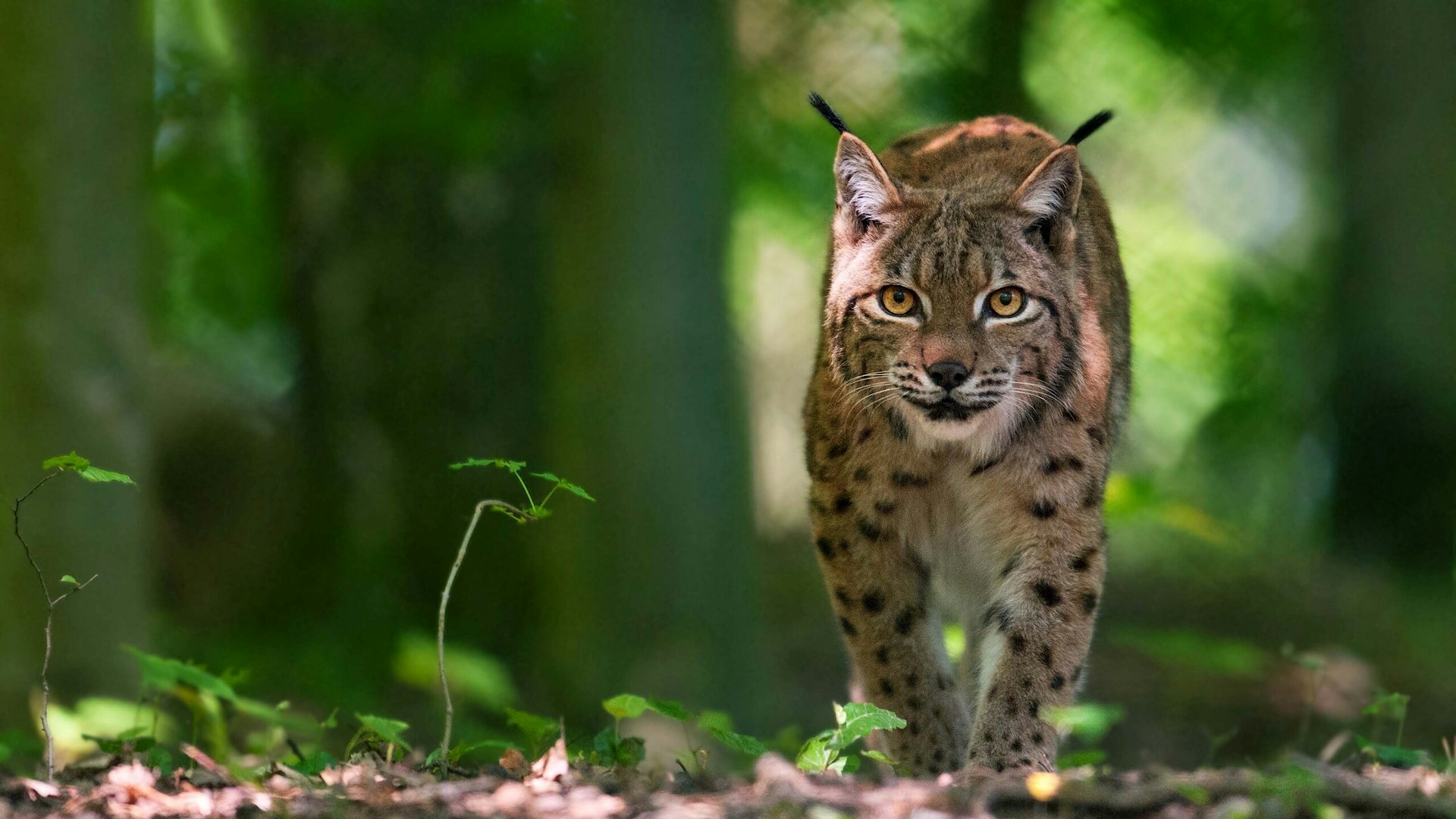
How it shapes the landscape
Top predators, such as wolf and lynx, are an important part of our ecosystems. They change the behaviour of prey species through the so-called ecology of fear. Through faeces, urine or scrapes, lynx leave scent marks that advertise their presence. This keeps animals on the move, which helps to prevent overgrazing and allows tree saplings and other vegetation to establish.
Lynx also prey directly on roe deer, which are overabundant in much of Britain. They will take on larger ungulates such as red deer or reindeer when other prey is scarce. Lynx also eat foxes, rabbits, hares, rodents, and birds. Carcasses left by lynx provide food for other species and help fertilise the soil as they decay.
Where it likes to be
From Britain through Siberia and into Mongolia, India and northern Iran, the Eurasian lynx territory spans right across Europe and into Asia. It’s an ambush hunter and likes to dwell in forest and woodland, and in rugged rocky areas where it can surprise prey.
Studies on the viability of lynx reintroduction in Britain suggest that the Highlands of Scotland are capable of supporting 400 lynx. This number grows as woodland cover increases.
How much space they need
In Europe, the Eurasian lynx tends to roam across a home range of many square kilometres in size. Their territory will vary according to availability of prey and habitat.
Background story
In Britain, the Eurasian lynx survived longest in Scotland until finally going extinct around 1,300 years ago due to hunting and habitat loss. The youngest bone found is 1,500 years old. There are slightly later cultural records, including an apparent mention in the medieval Welsh poem Y Gododdin, and a carving on a 9th century stone cross on the Isle of Eigg.
The lynx suffered similar declines in Europe before conservation efforts intervened. Lynx have been reintroduced to Switzerland, Germany and Slovenia. Populations are recovering in Norway, Sweden and Finland, as well as much of eastern Europe. The Eurasian lynx is distinct from the Iberian lynx, which is slowly re-establishing in Portugal and Spain thanks to breeding and release programmes.
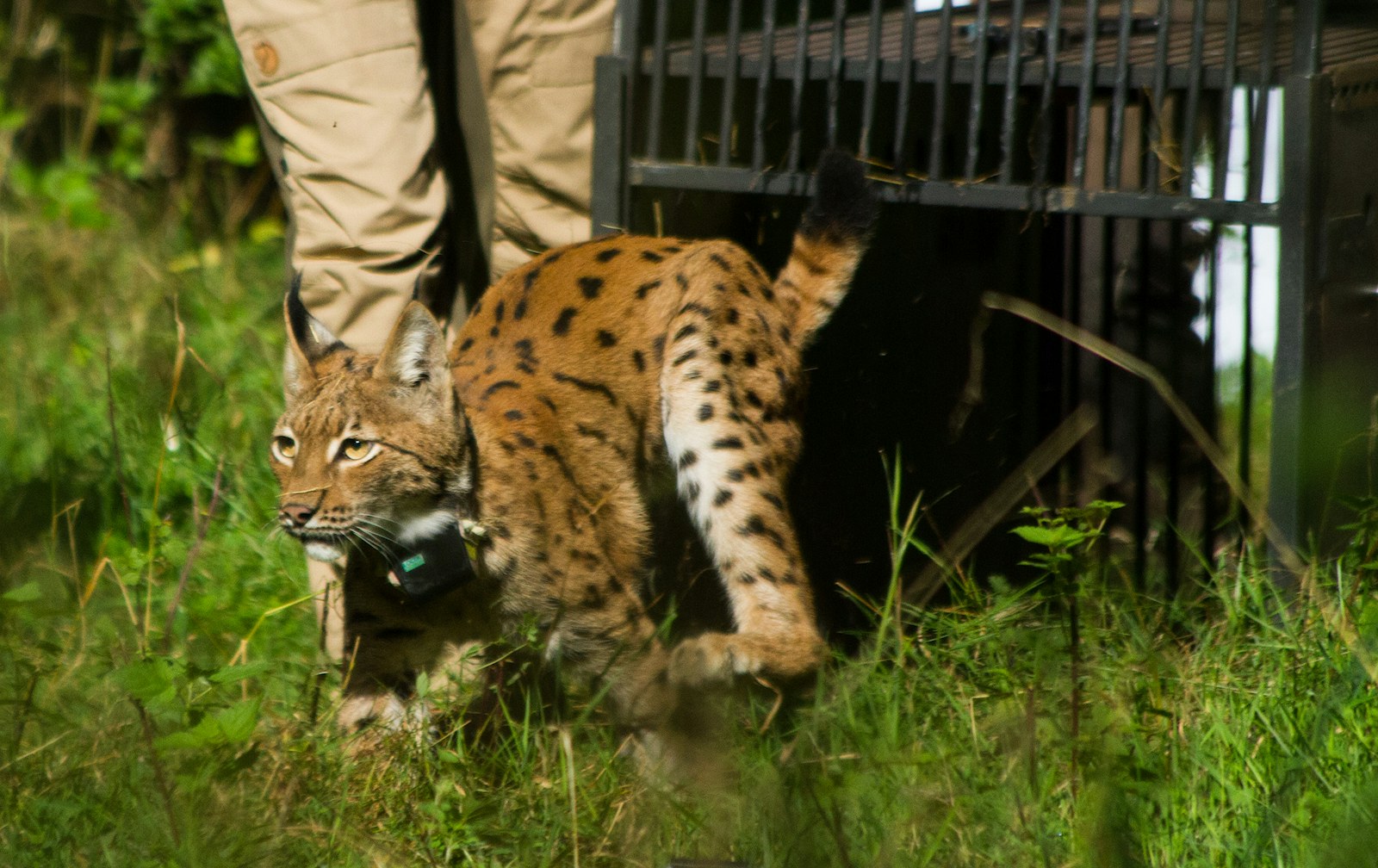
Can we have them in Britain?
The Eurasian lynx is the best candidate for the reintroduction of a large predator to Britain. We want to see the return of this native animal, and we are supporting the Lynx to Scotland project led by rewilding charities Trees for Life, SCOTLAND: The Big Picture and The Lifescape Project. Reintroducing lynx would help reduce the impacts of deer browsing on woodland – helping to restore habitats and natural processes, while providing economic opportunities for communities.

EXPLORE INNOVATION FUND PROJECTS
A lynx feasibility study is one of 35 initiatives we’ve awarded through the Rewilding Innovation Fund. The funding will help Trees for Life support the second phase of the impactful Lynx to Scotland project.
Uncover the full list of recipients awarded since 2021 to see the diverse range of rewilding projects taking action across Britain’s land and sea.
In summary
- Keystone species, shaping the landscape through ecology of fear
- Extremely shy and predominantly nocturnal — unlikely to be seen even in well-visited areas
- An ambush hunter, it prefers woodland and woodland edges
- Can help control roe and sika deer populations, and reduce fox numbers
- Has been successfully reintroduced to countries such as Germany, Switzerland and Slovenia

